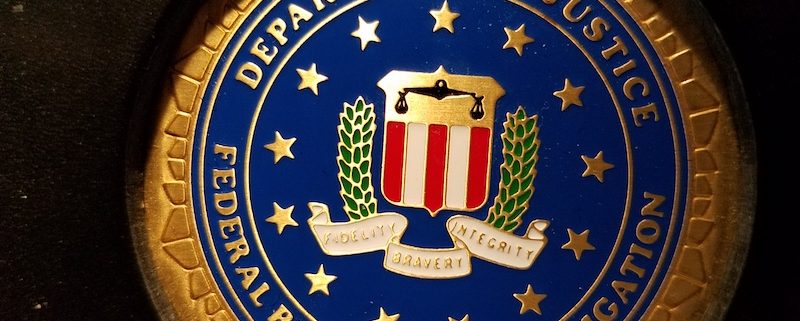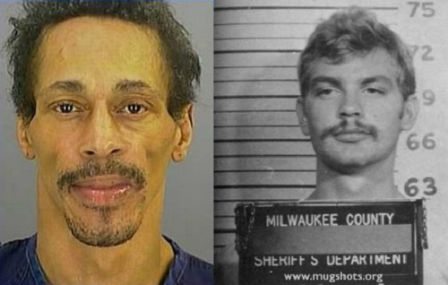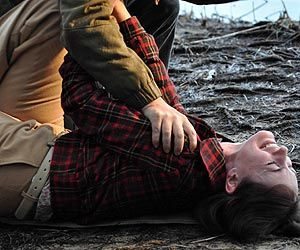The Washington Post reported that Elliot Rodger “flew under the radar” when police checked on him in response to his family’s concern. The ranting, suicidal college student who killed six people and injured thirteen last Friday in CA before shooting himself, was out to punish girls for rejecting him and guys who had a better life than he did. It was a “day of retribution,” he said.
People around him knew how much he blamed women for his loneliness. Some anticipated he might become violent.
Rodger’s earlier erratic behavior and refusal to get help or take medication had concerned his family and they’d asked police to pay him a “welfare” call. Sheriff’s deputies visited Rodger’s apartment on April 30 and found him to be polite, courteous, and quiet. He assured them he was not going to hurt anyone or himself, and they concluded that he did not pose a threat.
However, trying to assess danger to oneself or others from a single visit is generally pointless, unless the person is in an obviously psychotic state. Those who plot mass murder are secretive and will mask their intent from anyone who they think might stop them. An isolated visit cannot provide sufficient tools for determining the threat of future violence.
Reportedly, Rodger had seen several therapists, and a social worker had even contacted the police. He apparently did not get on well with others, but nevertheless did not like feeling so isolated and alone. He did have a record of personal difficulties that the visiting officers could have consulted, and his family knew that he had a mental illness. Even so, there is more to threat assessment than a loose collection of issues.
Predicting the potential for violence should draw on multiple domains of information. It’s not an analysis of just how one is currently behaving. No cop should bear the responsibility of making such a difficult judgment call.
The idea of “dangerousness,” or risk of violence, has been a central issue in the legal/mental health arena for years. Mental health experts once relied on their best clinical judgment, committing potentially violent people involuntarily. However, these assessments were correct in just one of three cases, so there were many “false positives” – people committed who would not be violent – and “false negatives” – people freed who then committed violence. The error rate was unacceptable.
During the 1980s, studies were undertaken to develop instruments to improve the percentage of correct assessments. Instead of focusing on dangerousness itself, they emphasized a variety of “risk factors.”
Actuarial prediction identifies the criteria used – age, gender, race, IQ – and assigns statistical weights to each in terms of which is most significant. Devices have been developed to determine such psychological conditions as the degree of psychopathy, impulsivity, paranoia, substance abuse, tendency to blame others, and reactive anger. Character and mental disorders are examined, along with school and criminal records, and a past history of violence or threatened violence. Some scales also evaluate attitudes about weapons.
For example, the Violence Risk Assessment Guide (VRAG) was developed at the Oak Ridge maximum security psychiatric hospital in Ontario, Canada. It’s an actuarial instrument for the prediction of violent recidivism, which means it has tested variables relevant to prediction in relationship to an outcome variable (any new violent offense). Predictor variables numbered around fifty and reflected those for which there was any empirical support for associations with violence.
The Historical Clinical Risk Management Scheme (HCR-20) offers a way to combine individual case analysis with an actuarial assessment. It uses a checklist of 20 items that identify historical and clinical risk factors to decide whether the individual is at a low, medium or high risk of violence. It improves upon actuarial approaches in tailoring an assessment to an individual, which allows for unique circumstances or conditions.
I’ve written a lot about mass murder. Studies I’ve looked at find that they are often rigid in temperament, they resent others and blame them for their own issues, they want to punish others, and they’re often self-defeating or suicidal (all of which were present in Rodger). Rarely do they have personal insight. Significant influences have been some form of mental instability, coupled with an inability to absorb and deal appropriately with life’s disappointments. Quite often, they feel entitled.
Usually they’ve made threats in the past and/or had fantasies about using violence to get their way. They arm themselves in preparation and think about the satisfaction of seeing others die. Some seek international fame. What they do is the result of long-term planning, with an ultimate goal. People around them have seen the red flags, but they will hide their specific plan. They want no interference.
Using actuarial data that have been affirmed with more studies, coupled with a case-specific assessment, is superior to intuitive judgment, although any prediction of a violent act must be qualified within a time period and set of circumstances. No one can predict future risk of violence with unerring accuracy, not even police officers, who see more violent incidents than most of us.
Still, even if Rodger had been erratic on April 30, when officers went to check, they could not have stated his level of danger a month hence. Even our best assessments cannot accomplish this. They can only provide the range of factors that put him at risk and identify those for which intervention might be helpful.
If Rodger refused such help, which he reportedly did, there isn’t much anyone can do until he clearly posed a risk of doing something now. That’s the state of our laws.
Perhaps our ability to prevent these incidents needs a re-adjustment of our cultural attitudes. Because a violent act of extreme aggression involves a complex interaction of factors, we cannot expect that a superficial observation by law enforcement will ensure our safety from a person with deadly intent. To assess danger to others requires a more sophisticated approach, which costs a lot more than we currently want to spend.
* * *
Dr. Katherine Ramsland has published 44 books and over 1,000 articles, and recently had a #1 bestseller on the Wall Street Journal’s nonfiction list. She teaches forensic psychology and criminal justice at DeSales University in Pennsylvania and offers trainings on psychological aspects of investigations. She writes a blog, “Shadow Boxing” for Psychology Today, speaks widely on serial killers and psychopaths, and is a frequent commentator on crime documentaries. She has appeared on 20/20, 48 Hours, Larry King Live, and numerous cable programs.



















